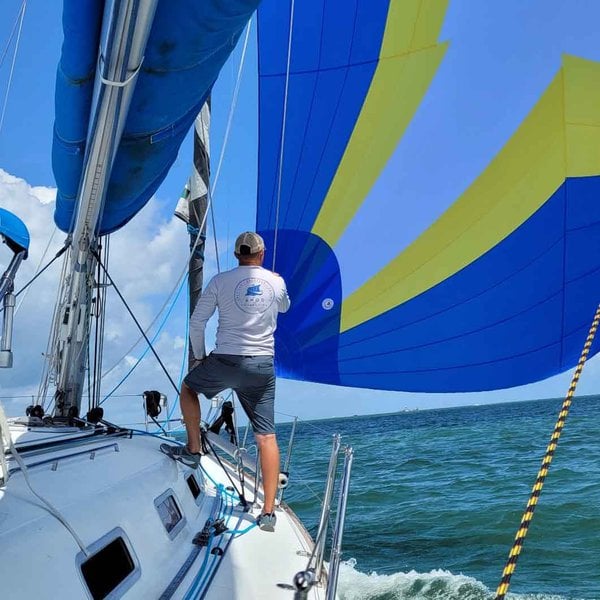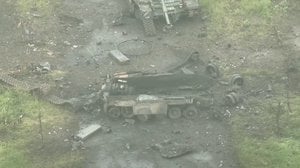
MRAP Crew Survives Mine Strike
Published 12 months ago
Video taken from a Ukrainian trench in Zaporizhia. An MRAP hits an anti-tank mine while conducting a mission. According to the source, the occupants survived and walked away from the vehicle. The donated MRAPs have been thrown into the role of armored personnel carrier (APC), one for which they were not designed.
When the MRAP first entered service, I was skeptical, not regarding their suitability for the wars in Iraq and Afghanistan, but for how useful they might prove in future conflicts. MRAPs were designed to counter the IED threat, a task for which they were much better suited than the up armored HMMWV. However, I felt that the MRAPs tall profile left it vulnerable to ATGMs such as the Russian-made 9M133 Kornet, or the Iranian copy, the Pirooz, both of which have found their way into the hands of rather unpleasant people.
Tactics for armor and mechanized troops in conventional operations call for using terrain to mask movement, moving from defilade to defilade and occupying hull-down or turret-down positions. The MRAP presents a tall, ungainly profile, making at a target for direct fire systems such as the Kornet, but it offered none of the of the overhead protection and mobility of a tracked vehicle and none of the firepower of a Bradley or LAV. At the time it seemed that the U.S. was sinking a lot of money into developing a vehicle that could defeat a specific threat, but which had no place in U.S. doctrine in future conflicts.
And now future conflict is here, and the U.S. government decided to unload the MRAPs on Ukraine, rather than spending even more money to demilitarize or destroy them, and I think that was a good call. Despite not having been designed to serve as an APC in a conventional fight, the MRAP has proven surprisingly resilient, and Ukrainian troops sing its praises. It is more resistant to artillery and direct fire systems than I expected it would be, and its ability to survive mines and IEDs has proven beneficial in a conflict which has seen a heretofore unprecedented use of mines. It is certainly more survivable than an up armored HMMWV or a Toyota Tacoma with a DShK in the back, and so the MRAP will continue as a stand in APC, gun truck, and all-around lifesaver.
About the Author

Cam
Cam served as an infantry officer in the Marine Corps, deploying to the Horn of Africa and participating in combat operations in Iraq. He currently works in the maritime industry and in the defense sector as an instructor of combined arms planning and operations. An avid sailor, Cam founded and directs Triumph Sailing, a nonprofit that supports veterans and first responders through adventure and fellowship on the water. Triumph Sailing just completed its big yearly event, an offshore race in the Gulf of Mexico with an all veteran crew. You can support the mission and next year's sailing season at Tri-Sail.Org.













